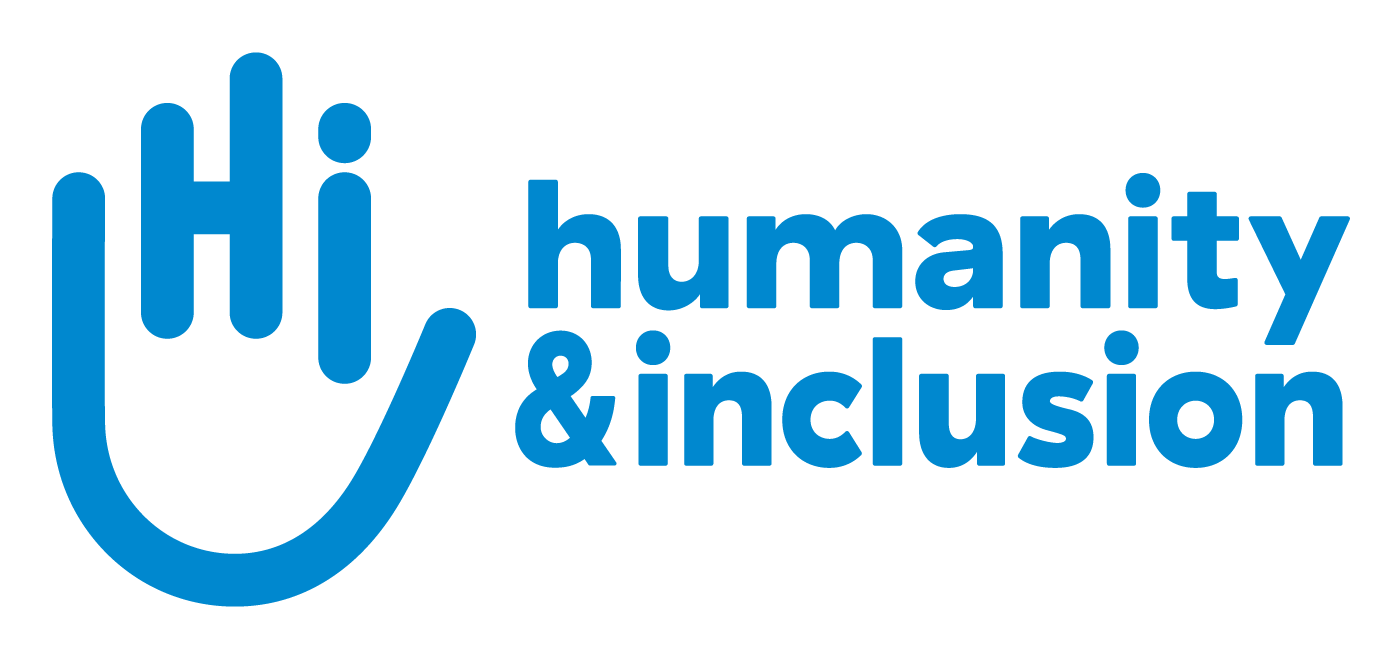Occupied Palestinian Territory
HI’s mandate in Gaza and the West Bank, including East Jerusalem is to improve the daily lives of people with disabilities and individuals experiencing extreme hardship

© S. Hejji - HQ / HI
Our actions
Humanity & Inclusion's local teams are responding to the humanitarian crisis in Gaza. With your help, civilians with disabilities and new injuries will receive immediate and long-term support. Donate today.
HI has been working in the Occupied Palestinian Territory since 1996. The program’s main mandate has been to support organizations of people with disabilities. In 1999, HI launched an initiative to educate people about the risks of landmines and other explosive remnants of war. A large number of development activities have since been implemented in partnership with local associations in the fields of functional rehabilitation, psychosocial support, access to education and adaptation of homes for people with disabilities.
Projects include improving access to basic services for people with disabilities, including rehabilitation and psychosocial support. HI supports the inclusion of children with disabilities in schools. The program is also leading a project to improve the inclusion of people with disabilities in crisis contingency plans. HI has also supported low-income households of persons with disabilities and affected by the COVID-19 crisis through temporary food assistance and sustainable economic recovery.
Since October 7, 2023, and the escalation of the conflict between Israel and Hamas, HI has been responding to the crisis in Gaza and the West Bank with emergency rehabilitation, distribution of assistive devices, and mental health support for the displaced people.
Areas of intervention
Latest stories

Afif is overcoming obstacles with rehabilitation
Afif was diagnosed with an autoimmune disease. Within days, he could no longer walk. HI helped him recover.

Malak, 9, walks with new prosthetic leg
Malak suffered severe injuries and underwent an above-the-knee amputation earlier this year… She is back on her feet after HI’s help.
a life
Background

With the ongoing crisis with Israel and long-standing blockade of the Gaza Strip, the Palestinian people, including people with disabilities, get by as best they can.
In October 2023, the conditions in the occupied Palestinian territory became more tense and Palestinians living in the Gaza Strip and the West Bank are particularly vulnerable. The already deteriorating socio-economic situation, exacerbated by the COVID-19 pandemic, worsened significantly. Due to a lack of employment opportunities, restrictions on the movement of goods and people, etc., the unemployment rate skyrocketed during the year. With service sectors and non-governmental organizations' resources stretched thin, Palestinians were struggling to meet their basic needs – especially people with disabilities, who are often overlooked and lack proper representation in development and relief efforts.
Since October 7, due to the escalation of the conflict between Israel and Hamas, the humanitarian situation in Gaza has reached catastrophic levels. Approximately 75% of Gaza's population, totaling 2.3 million people, have been displaced, facing severe shortages of food, water, shelter, and medicine. As of February 6, at least 30,000 Palestinians have been killed in Gaza, with 70,000 injured, leading to significant risks of further complications and long-term disabilities due to the scarcity of hygiene and medical services.
Violence has also escalated in the West Bank since October 7: 380 Palestinians have been killed and 4,500 injured, including in East Jerusalem (Feb. 2024).
Number of HI staff members: 37
Date the program opened: 1996
Reports
The latest publications
> Education Under Attack in the West Bank (pdf, 9.66 MB)> Education on Hold in Gaza (pdf, 8.92 MB)
> Integrated Food Security Phase Classification (IPC) Report Confirms Famine in Gaza (pdf, 2.68 MB)
> Snapshot – HI Intervention in Syria (pdf, 997.45 KB)
More > News













